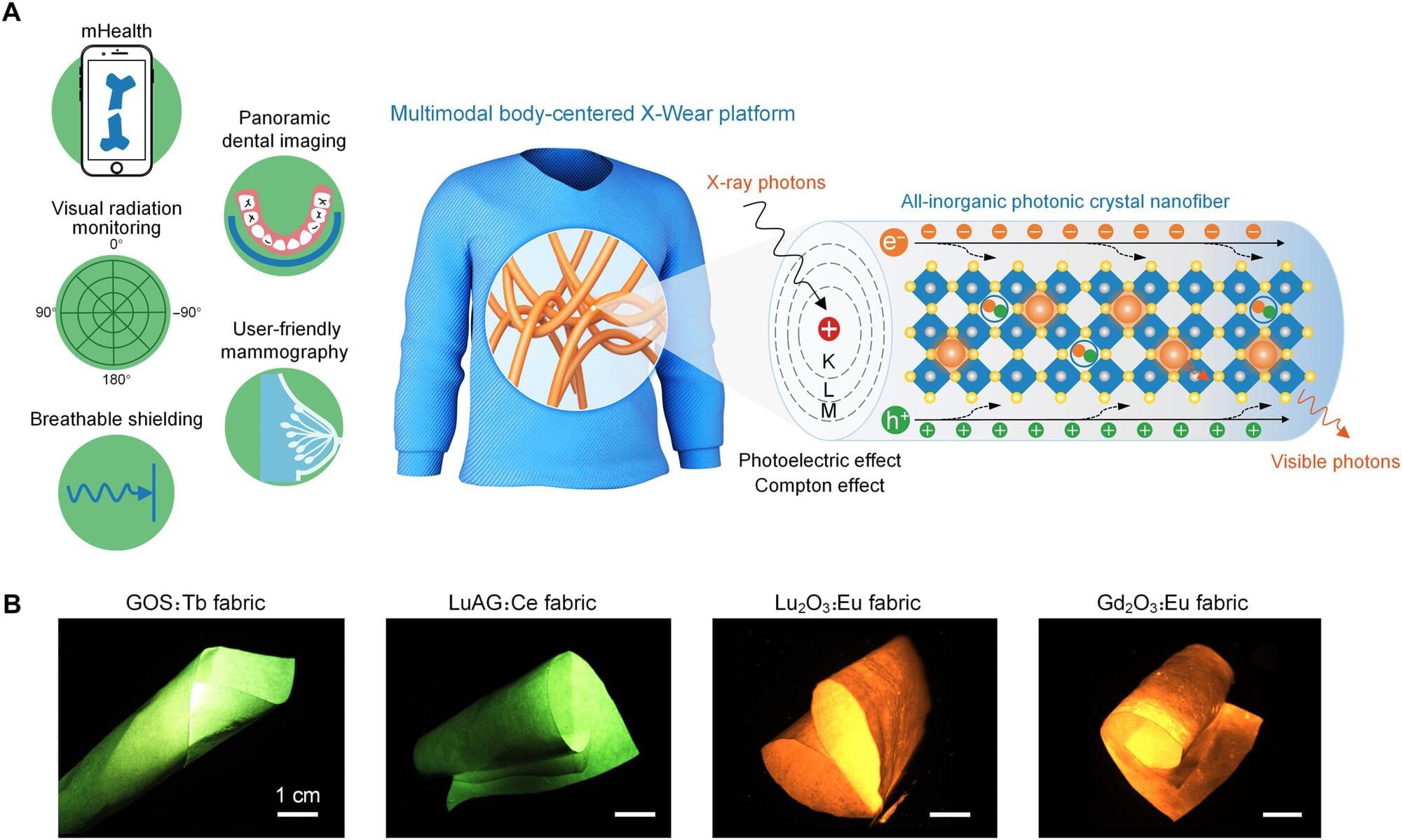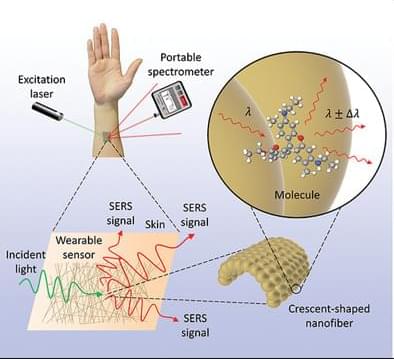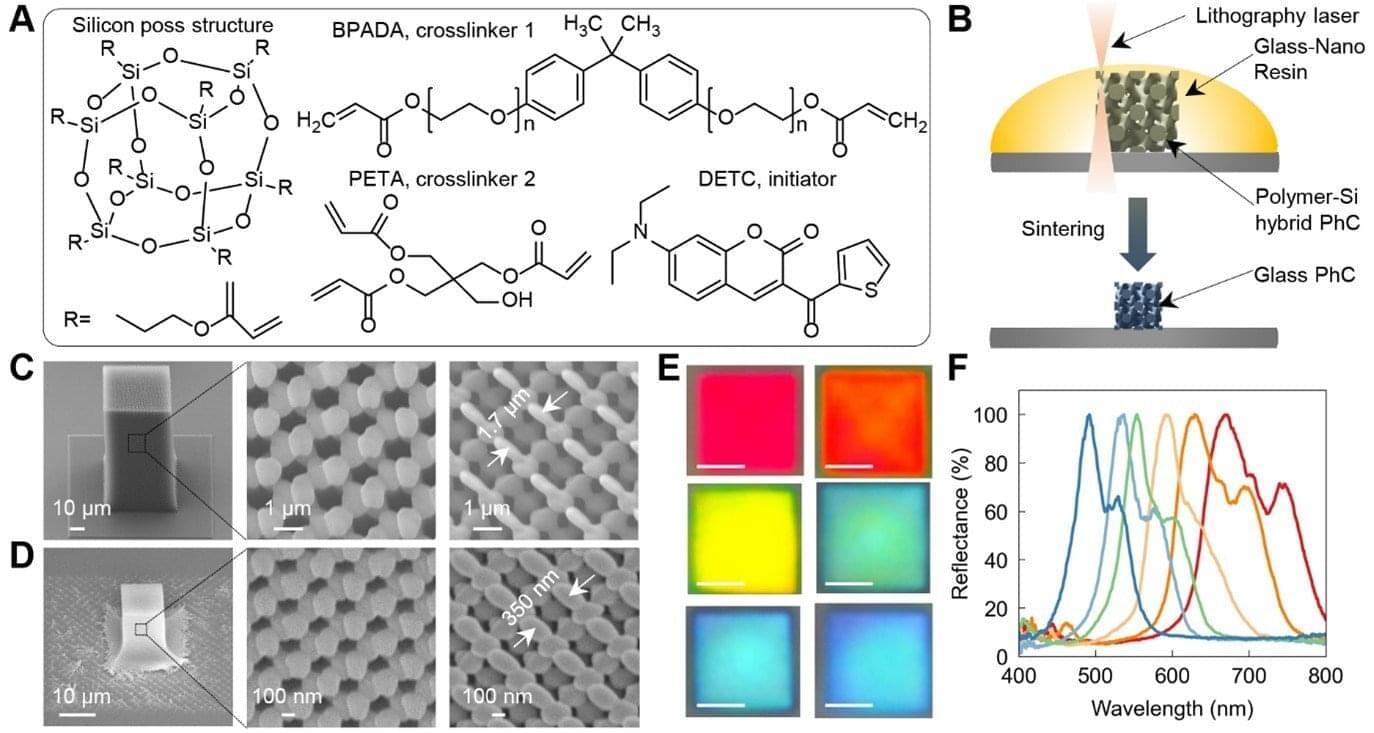Since their discovery by Wilhelm Roentgen in 1895, X-rays have become a staple of modern medical care, from imaging teeth and broken bones to screening for the early signs of breast cancer.
The most common type of X-ray detector used in medical imaging today utilizes materials known as scintillators, which are made of inorganic and rigid compounds. This inherent lack of flexibility limits their applications and often requires patients to contort their bodies to accommodate unyielding medical equipment.
This rigidity has created a demand among researchers and the medical community for scintillating materials that are robust, efficient, and flexible. Past attempts to meet this demand, however, have had to sacrifice durability and efficiency for flexibility. An innovative fabric made of flexible inorganic fibers shows remarkable promise and may meet all three requirements.









